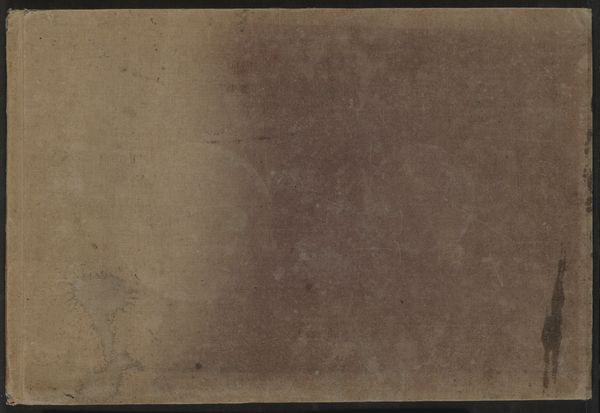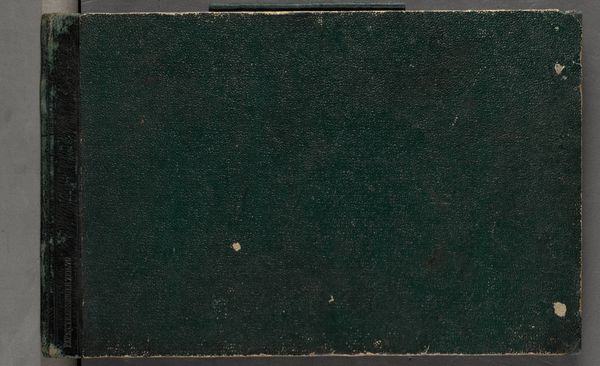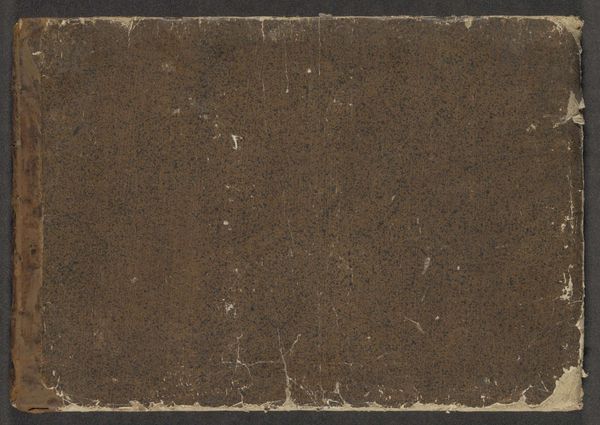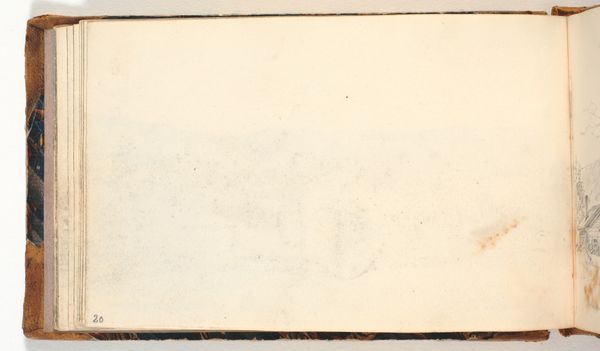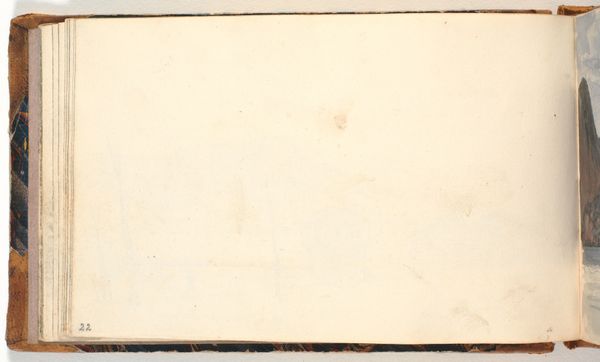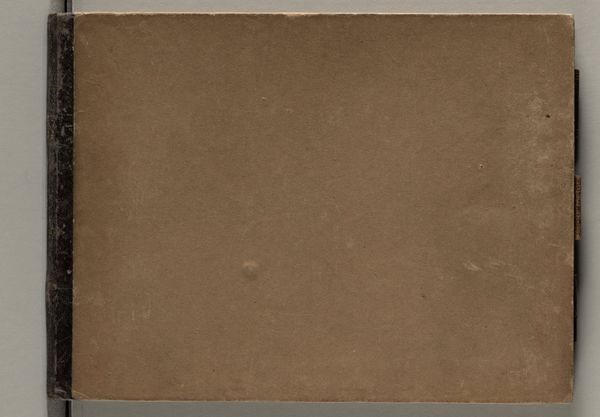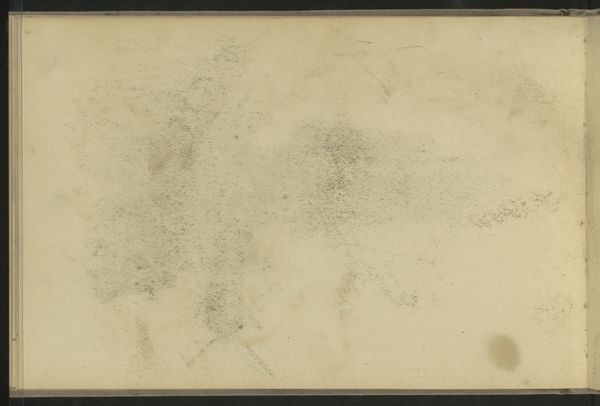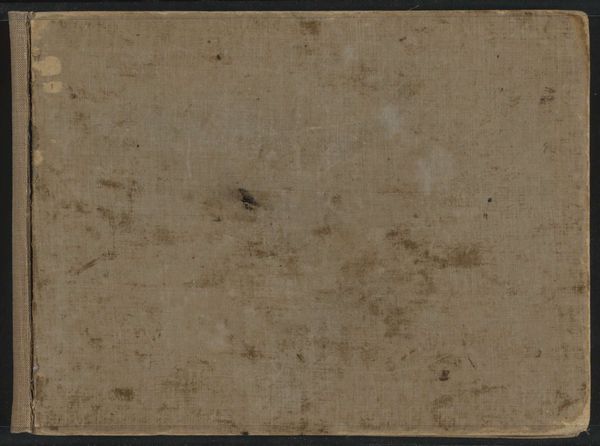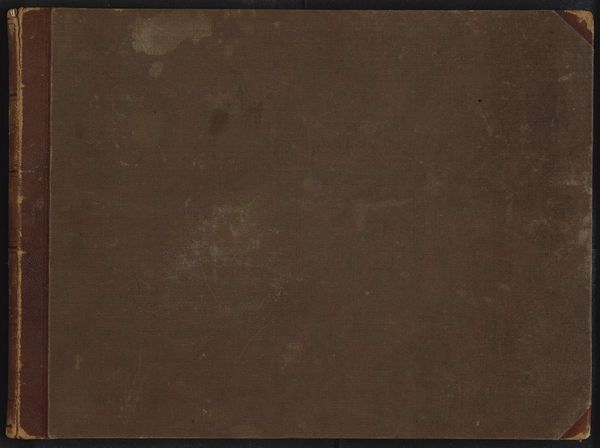
drawing, ink, pencil, chalk, charcoal, pastel
#
drawing
#
ink
#
pencil
#
chalk
#
charcoal
#
pastel
Copyright: Public Domain
This is a sketchbook, made by Johann Wilhelm Schirmer, probably in the mid-19th century. It's bound with a textured cloth, likely mass-produced through industrial weaving. The book's materiality speaks volumes about the changing nature of art and labor at the time. Before industrialization, even simple items like sketchbooks would have been made entirely by hand, involving specialized skills of bookbinding and leather-crafting, and expensive paper making. But by the mid-1800s, a sketchbook like this one would have been relatively cheap and widely available, its components produced in factories by anonymous workers. In this context, the act of sketching takes on a new meaning. No longer a rare and precious activity, it becomes a more accessible and democratic means of observation and expression. The mass-produced sketchbook thus embodies both the possibilities and the paradoxes of industrial progress. While it provides new opportunities for artistic exploration, it also obscures the labor and skill involved in its own making. By looking closely at the materials and manufacture of an object like this, we can gain a deeper understanding of its cultural and historical significance, bridging the gap between art and the everyday.
Comments
stadelmuseum almost 2 years ago
⋮
In his sketchbook, Johann Wilhelm Schirmer mainly drew quick studies of landscapes, mostly with a pencil, sometimes also with a pen and black-brown. Undated and without any place names, it is difficult to classify the landscapes more precisely ‒ even the isolated churches and half-timbered houses remain too generic for that. Using the landscape format of the book, Schirmer often drew far out to the opposite page and then closed the picture with a framing line. Since the last drawings in the book, now mainly figure studies, were rotated by 180 degrees, it can be assumed that the artist opened the book for this new theme from the back and used it this way. A large part of the pages towards the end of the book remained blank.For a full sketchbook description, please see “Research”.
Join the conversation
Join millions of artists and users on Artera today and experience the ultimate creative platform.

